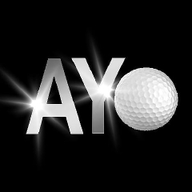As an instructor, I often have to wear many hats. Depending on the player in front of me, I may see their most dramatic improvements coming in different forms.
For that reason, I have spent my life becoming the best I can be in the following areas of instruction.
- Technical instruction
- Concept building
- Skill development
- Performance coaching
While they all work together, I see them as separate approaches to improving players. Let’s take a look at them in a little more detail.
Technical Instruction
This area is the bread and butter of instruction. In fact, it’s the only thing most coaches know how to teach.
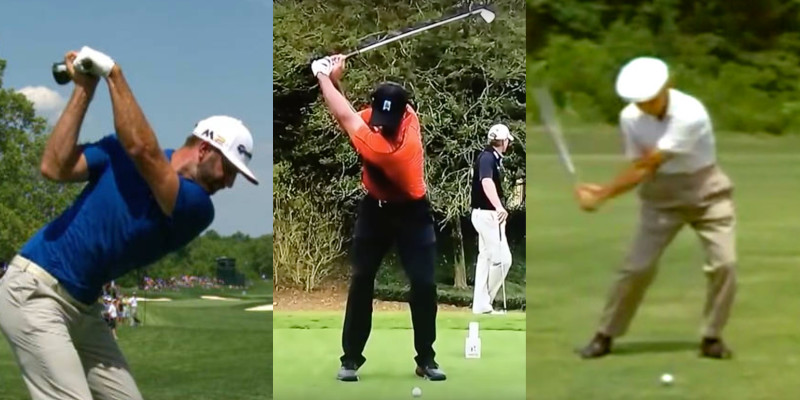 Technical instruction deals with improving/changing your movement pattern. The main goal(s) with this instruction is to;
Technical instruction deals with improving/changing your movement pattern. The main goal(s) with this instruction is to;
- Help you to get a better club-ball impact through better body positioning
- Help you to to do it more repeatedly
- Reduce injury potential
It’s important to note, the goal of technical instruction is NOT to
- Make your swing look prettier
- Make you swing like the latest in-vogue tour pro
There has to be a functional reason for a change – which (in almost every case) has to link to how the club and ball interact through the impact phase.
Concept Building
This is a huge part of my role as an instructor.
Educating players as to why the ball flies the way it does, and increasing their awareness as to what they have done to cause it to fly that way – these elements can have an incredibly dramatic positive (or negative) effect on a player’s development.
For example – at the most basic level, a beginner should understand that they need to contact the grass where the ball rests if they want it to fly in the air.
At a slightly more advanced level, an understanding of how swing path and clubface direction combine to create the ball flight is important.
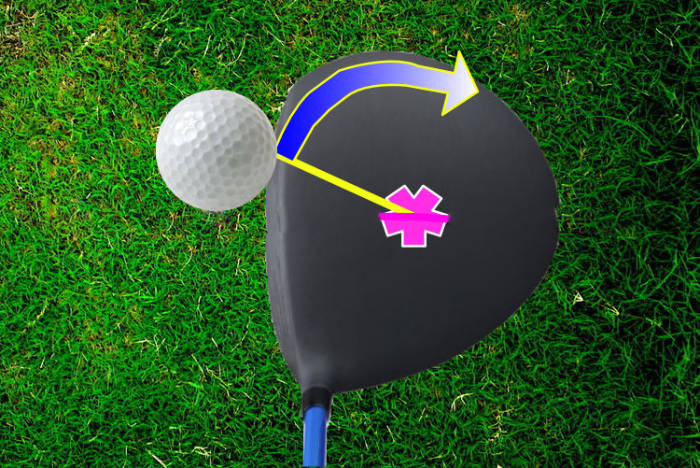 At a more advanced level, understanding gear effect and its effect on the ball flight can stop a player going down some dark roads.
At a more advanced level, understanding gear effect and its effect on the ball flight can stop a player going down some dark roads.
The better a player’s concepts (or I call it “golfing IQ”) are, the more likely they are to be able to self-coach, problem solve and rectify issues when they inevitably pop up.
Poor concepts are also (in my opinion) one of the biggest reasons most amateur golfers struggle with the game, and struggle to find answers to rectify their ball flights. I see a very high correlation with the player’s handicap and their golfing IQ.
Improving a player’s concept can have a massive effect short term, but I also see huge benefits in the long-term, as players better self-organize movement.
Skill Development
This is something I am incredibly passionate about. It’s a relatively untouched topic in the golf industry – but can be a massive source of improvement for golfers.
Think of skill development as golf-specific coordination improvements. Improving one’s ability to match intention and reality.
Some golf specific skills are:
- The ability to contact the ground in the right location
- The ability to present the clubface more open/closed
- The ability to change the arc-height
- The ability to swing the club on a different path through impact
- The ability to hit different parts of the face at will
Improvements in skill can really help a player (especially when combined with good concepts) achieve instant results without the need for a swing overhaul. It can be the “magic stuff” that allows a player to turn a bad round into a good one, and fix any issue on the fly. It also allows a player to become more adaptable to the demands of the golf course.
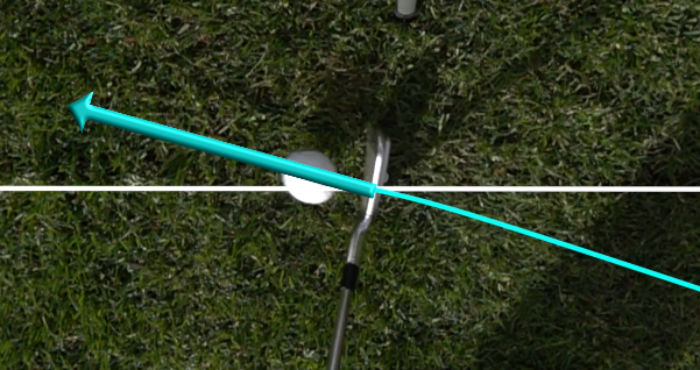 Skill development is, in my opinion, the missing piece of golf instruction. We are so obsessed with looking at the big movement patterns of players, that we completely miss the small micro-movements which glue the whole thing together and make it functional.
Skill development is, in my opinion, the missing piece of golf instruction. We are so obsessed with looking at the big movement patterns of players, that we completely miss the small micro-movements which glue the whole thing together and make it functional.
Remember – if a player presents the clubface just 2 degrees open, that can miss a fairway – you are not going to see those 2 degrees in a slow motion video of the swing.
I improve player’s skills through the use of ;
- Differential practice
- Variability practice
- Feedback (and subsequent scaling of feedback)
- Locus of attention shifts (changing where a player places their attention).
- Progressive task difficulty
Performance Coaching
Performance coaching can be defined as maximizing someone’s performance with what they currently have. Think of it like getting the most performance out of your car.
 There are 3 main forms of performance coaching.
There are 3 main forms of performance coaching.
- Strategic
- Locus of attention
- Transference training
Strategic performance coaching looks at how we can create the lowest scores possible, taking into account the player’s shot patterns/spreads.
For example, Player A aims at the flag, while player B aims at the middle of the green. Player B (middle of the green) would score lower in this example, as they would have the same number of birdie attempts, but player B would hit the green more often and have less chip shots as a %.
 Each player’s strategy is unique to their shot patterns – every player has a different spread (shot-pattern width) and bias (some players miss a greater % of shots left/right). We all have to take into account where the danger is on each hole.
Each player’s strategy is unique to their shot patterns – every player has a different spread (shot-pattern width) and bias (some players miss a greater % of shots left/right). We all have to take into account where the danger is on each hole.
Locus of attention coaching refers to finding a player’s optimal performance based on their specific thought processes. For example, when chipping, player A may produce closer shots to the whole when thinking about the contact with the grass (depth and location) – while player B may perform better while focusing on the target.
Transference training refers to improving our ability to play our best golf while on the course. We have all heard the same mantra rom golfers
"I hit the ball so well on the range, but cant do the same on the course”.
This is largely due to the way you train. Beating balls mindlessly on the range does not transfer.
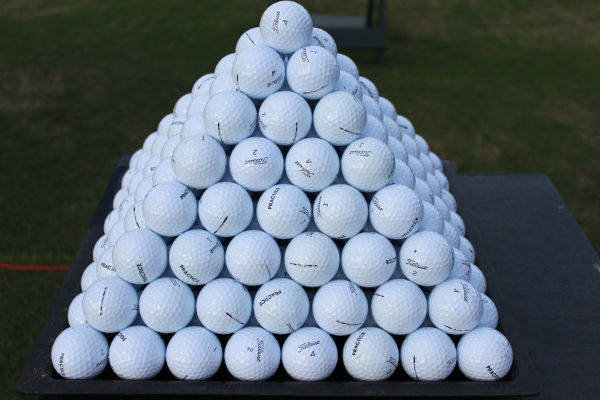 However, if you have
However, if you have
- More pressure
- More context (making practice more like play)
We can improve what we call “motor access” – which is your ability to access your best movement patterns.
My Process
When I am assessing a player, I am looking for the weakest link in the above. I then make an intervention and do the appropriate type of coaching in order to improve that player as quickly as possible.
For example, if I see that a player has a pretty good technique, solid concepts and is highly skilled, yet is not shooting good scores, we might go down the “performance coaching” route
If another player has a good technique but is unable to fix their game when a poor pattern emerges, we might go down a skill development or concept building route.
If a player is highly coordinated and has a good conceptual understanding, but is unable to produce their desired ball flight, we might go down a technical route.
Ultimately, improvement in all areas is needed if you want to maximize your potential in this game. If you are only working on one area (usually people put all their stock in technique), you are leaving a lot on the table and selling yourself short.
